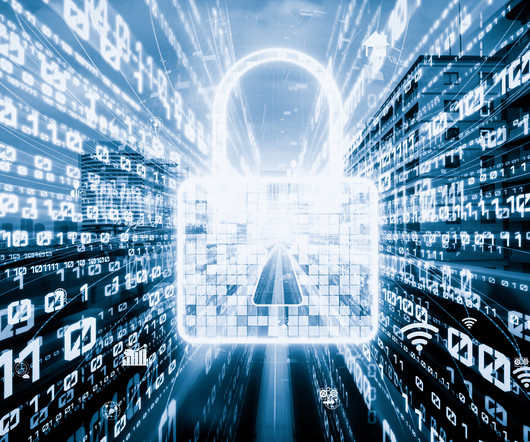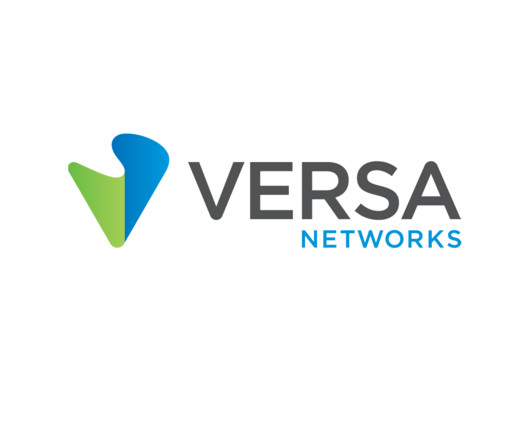5 Major Cybersecurity Trends to Know for 2024
eSecurity Planet
DECEMBER 19, 2023
We each need to consider how these trends may affect our organizations and allocate our budgets and resources accordingly: AI will turbo-charge cybersecurity and cyberthreats: Artificial intelligence (AI) will boost both attackers and defenders while causing governance issues and learning pains. Bottom line: Prepare now based on risk.












Let's personalize your content